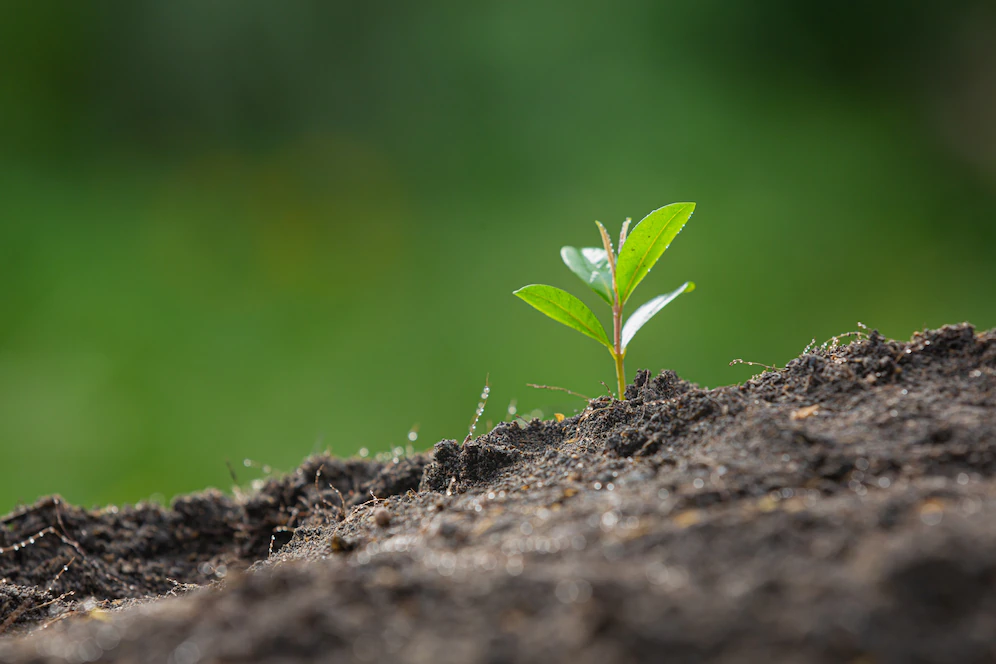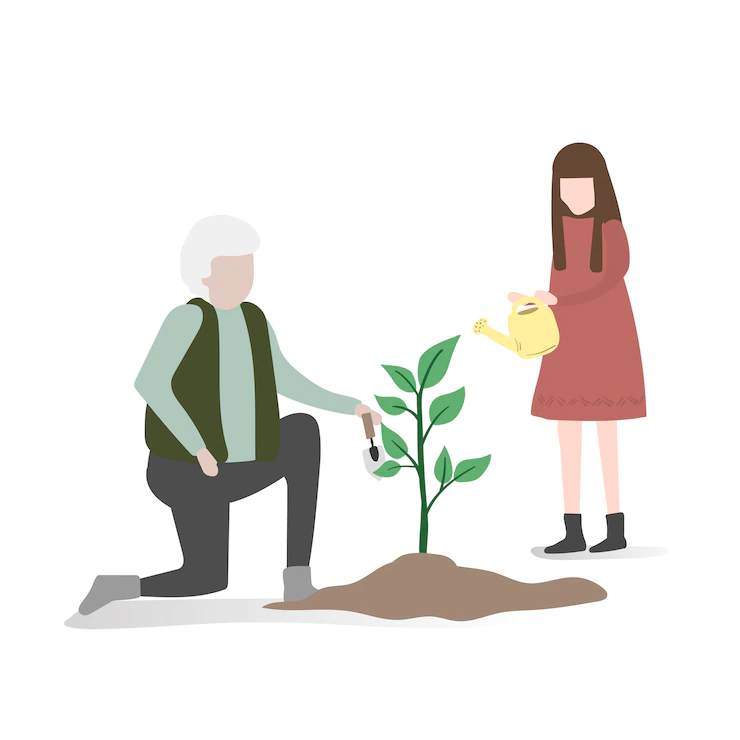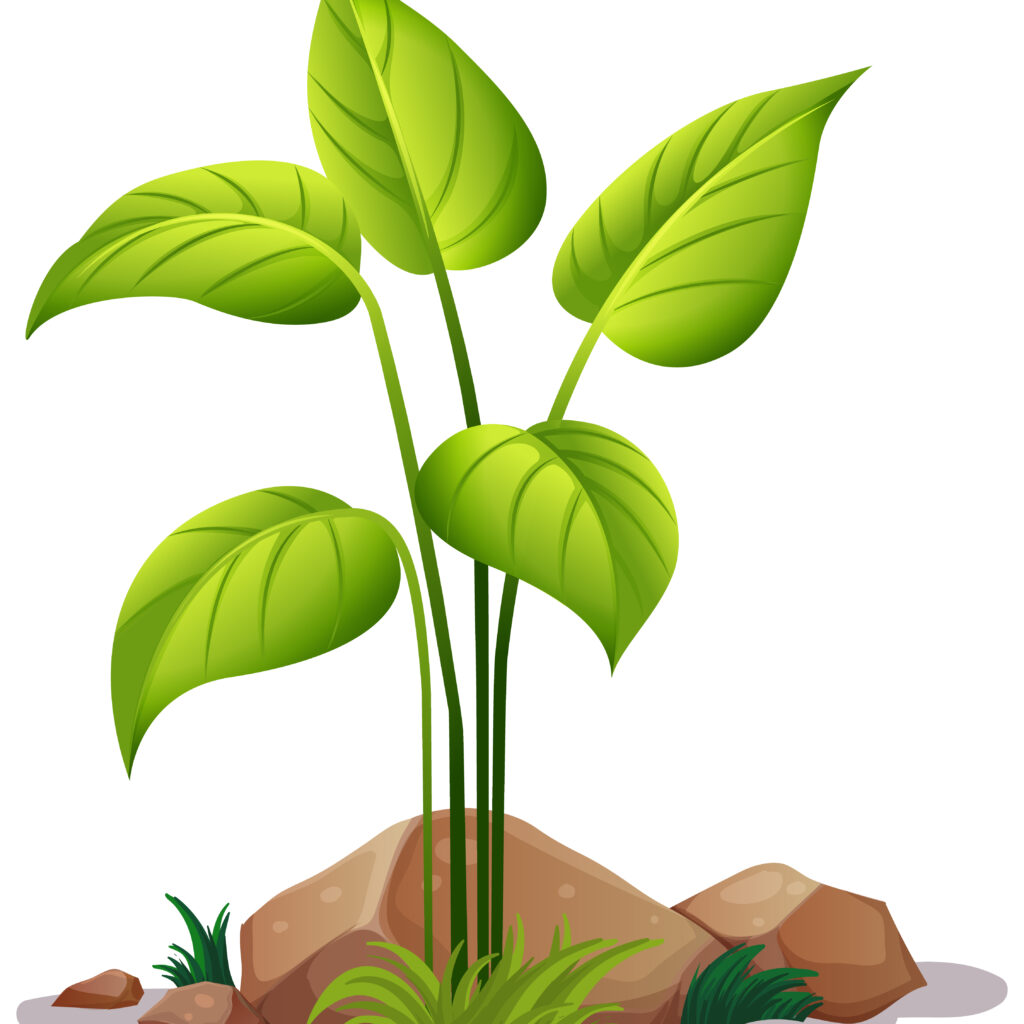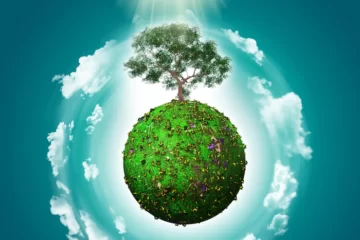Introduction
Plants are one of the lifelines for the planet earth. Human beings survive because of plants. We eat vegetables from plants. We use wood for different purposes. The plant makes us grow physically as well as wealthily. But how do plants grow? Let’s find out.
How do Plants Grow? Many best answers.
Plants grow by absorbing energy from the sun and converting it into food. The process of photosynthesis occurs in the leaves and uses light energy to convert carbon dioxide from the air into glucose. The plant uses glucose for energy to grow and produce leaves, stems, roots, flowers, and fruit.
The growing process often involves cycles of dormancy, such as winter or summer, when the plant is not active and therefore does not need as much energy to sustain itself. Water is absorbed by the roots and transported up the stem to the leaves where it is used by the leaves for photosynthesis.
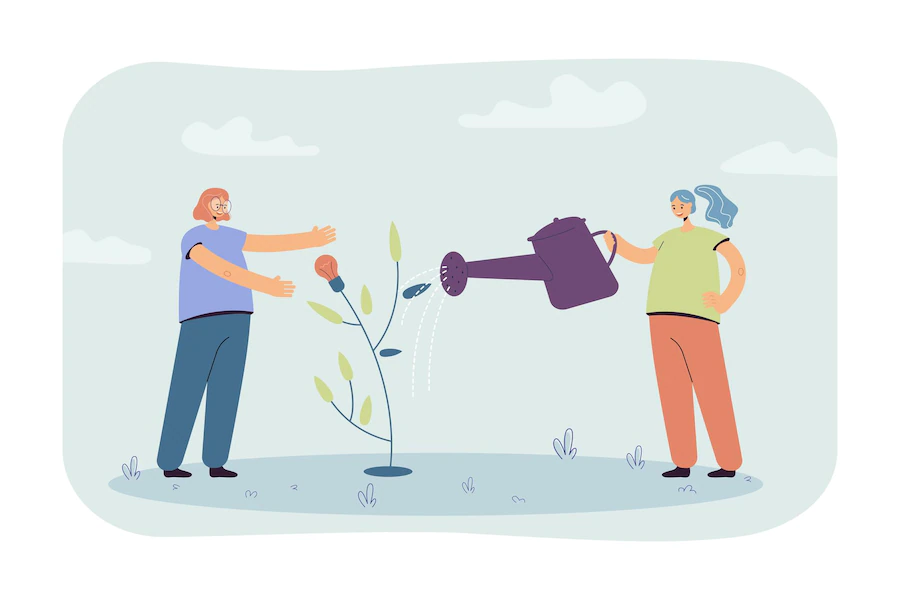
Nutrients taken in by the roots are also transported to the leaves where they are used for plant growth. The energy produced as a by-product of this process is stored in sugars and other organic compounds within the plant body. These compounds are released during dormancy periods when growth is needed and help the plant survive until the next growing season.
Growth is a process by which a plant changes over the course of its lifetime. A plant begins life as a seed that absorbs water and nutrients from the soil as it germinates. As the seed grows, it produces new leaves and roots. The plant then starts to produce flowers and fruits. Each stage of growth requires specific conditions in order for the plant to survive and thrive.
There are many factors that can influence the growth of a plant, including temperature, water, sunlight, nutrients in the soil, and the time available to the plant to grow. Each of these factors has an impact on the size and type of the plant produced, as well as the length of time it takes to reach a particular stage of development. Plants respond to changes in their environment by growing at different rates or changing the type of food they produce in order to meet their needs. Plants use different strategies to adapt and grow.
They do this by using resources such as light, water, soil, and air in the most efficient way possible. Some plants move from one place to another in order to adapt as they grow. This is called migration. Others modify the environment around them using camouflage to protect themselves from predators. This method is called adaptation. These changes can help plants protect themselves from predators so that they can continue to survive and reproduce in the wild.
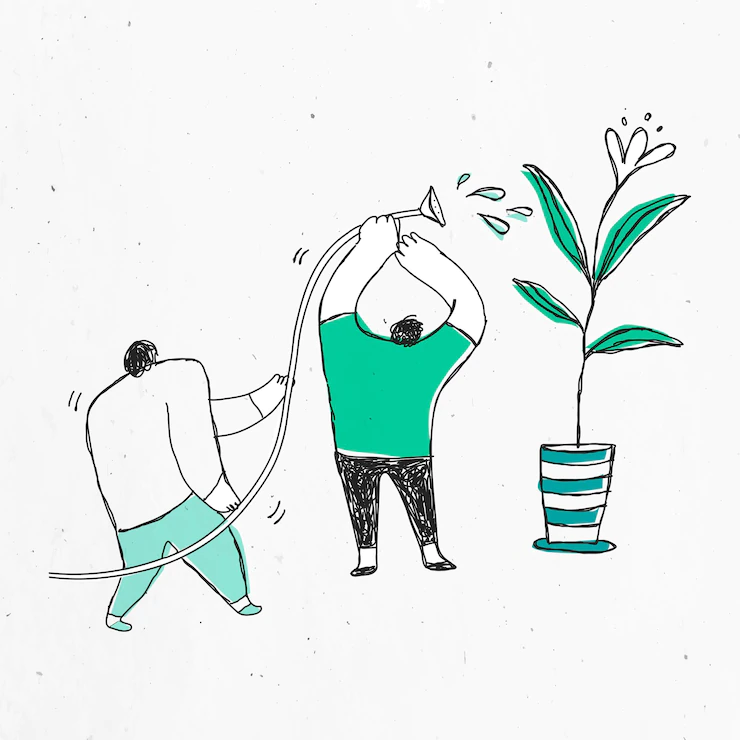
Plants need light, water, and nutrients to grow. They use sunlight as their main source of energy.
Plants are made up of seeds, roots, and stems. Plants use sunlight to make food called photosynthesis, from carbon dioxide and water. They take in different forms of water depending on what they need.

Plants need three things to grow: water, light, and nutrients. Water is provided by the soil as it allows air and water to move freely through plant roots. Light is provided by the sun and the intensity of light determines the rate of growth. For example, low light leads to slow growth while high light promotes rapid growth in some plants, like corn (Zea mays), cotton (Gossypium sp.), and tomatoes (Lycopersicon esculentum). Nutrients are provided by nutrients such as nitrogen, potassium, and phosphorus that come from soil or additions such as manure or fertilizer.
The plant grows by making new cells, or by breaking off and using older ones. They are made up of cells that transmit energy from the sun to their roots, shoots, and leaves through their stems and leaves.
The plant grows by absorbing nutrients from the soil and using energy from the sun to create fresh new cells.The
The plant grows by taking in nutrients from the soil, which is why it’s important to use organic, non-toxic gardening products on your plant.

All plants live on the energy of the sun. Plants obtain this energy from the light that reaches them through their leaves. Every leaf has a little window called a chloroplast. Chloroplasts act like photosynthesis generators that capture sunlight and convert it into chemical energy using water, carbon dioxide, nitrogen, and minerals from the soil as food. Chloroplasts then release oxygen, water, and sugars through special pores (called stomata).
The Plant grows by adding new cells to its surface and expanding the size of its existing cells. There are three common mechanisms for this growth: cell division, callus formation, and endodormancy. Scientists have studied these processes in order to determine how plants grow.
Most plant grows using photosynthesis and needs to absorb carbon dioxide, water, and nutrients in order to survive. This can be achieved through their root system, which absorbs water, sugars, and minerals from the soil and transports it toward the leaves through its network of tubes.
The plant grows in a variety of ways—some through photosynthesis, others by absorbing nutrients through their roots and stems. Regardless of their growth process, plants share some common features. For one thing, all plants are classified as non-vascular plants—that is, they don’t have vascular systems that carry nutrients like water or minerals around the plant. Plants also need light to fulfill their photosynthetic function.
The plant gets its energy from photosynthesis, which converts light into chemical energy. This happens in a process called photosynthesis.
The plant uses a combination of photosynthesis, transpiration, and cellular respiration to grow.
The plant needs light, water, and a food source.
They grow through a process known as photosynthesis. In order for plants to grow, they need light, water, and carbon dioxide in order to convert sunlight into energy.
Their growth is like a continual building process. It starts with the formation of roots, which absorb water and nutrients from the soil and grow upward with the help of stem cells.

They grow just like us, through the use of photosynthesis. The process starts with sunlight, which is captured from the atmosphere and broken down by a special type of green pigment in leaves called chlorophyll. The light-sensitive chlorophyll converts the chemical energy generated by this reaction into heat and light, which power the process of photosynthesis.
They grow by absorbing water and nutrients from the soil, breaking down dead plant and animal material in their root systems, and absorbing carbon dioxide through their leaves into their own bodies.
They are made up of microscopic cells that use photosynthesis to process sunlight, water, and carbon dioxide into food. Water and carbon dioxide are absorbed by plants through a process called transpiration. The plant then uses stored food as a source of energy to build other parts of the plant like roots and stems.
They grow by cell division. The plant’s body tissues continuously divide to create all new cells and tissues, and then, through a process of apoptosis (cell death), old cells are eventually removed.
Importance of Plants
Plants are an essential part of life on Earth. They provide countless benefits to humans, animals, and the environment. From the air we breathe to the food we eat, they are an integral part of our existence. That’s why it’s important to understand the importance of plants and their role in our lives.
They play a critical role in the ecology of our planet. They produce oxygen and absorb carbon dioxide, playing an important role in the carbon cycle and helping to regulate the climate. Plants are also essential for the water cycle, allowing for the purification of water and helping to prevent floods and drought.

The importance of plants goes beyond the environment. They provide food, medicine, and other resources. Plants are an important source of nutrition for humans and animals. They provide essential vitamins and minerals, as well as energy. They also contain many beneficial compounds that can be used to create medicines and treatments for various ailments.
In addition to providing food and medicine, they are also used for making clothing, paper, and other materials. Without plants, many of the products that we rely on daily would not be available.
Finally, plants are important for our mental health. They can be used to create beautiful, calming environments. Spending time in nature has been shown to reduce stress and improve mood. Plants can also be used to create artwork and can be used to enhance interior design.
Conclusion
It’s clear that plants are essential for life on Earth. They provide air, water, food, medicine, and resources. They help to regulate the climate, prevent floods and drought, and improve mental health. That’s why it’s important to understand the importance of plants and their role in our lives.
We hope this article is helpful for you.
Also, Checkout: Role of ecologists and architects in developing magnificent sustainable cities
